A former graduate student reflects on how Isadore Singer, who died on February 11, brought together mathematicians, physicists and anyone else interested in the deeper connections between diverse fields.
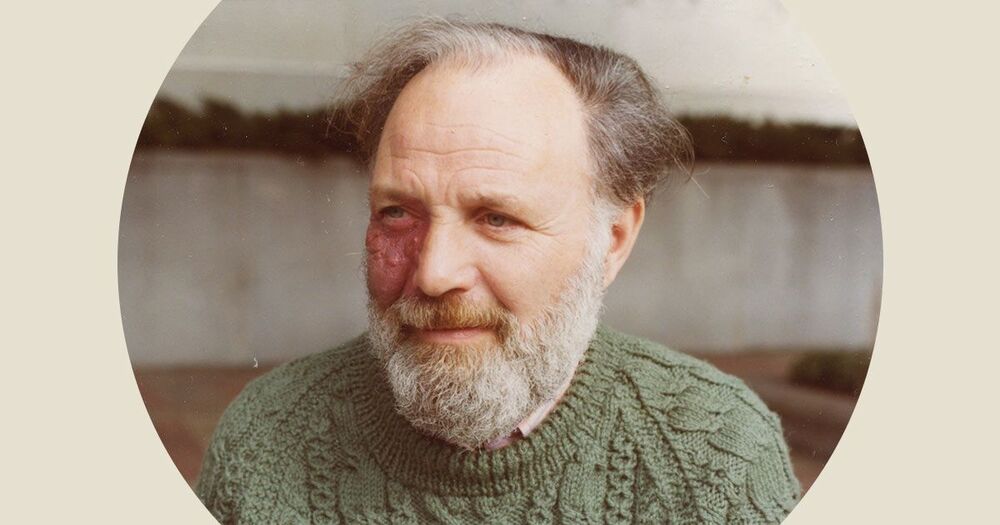

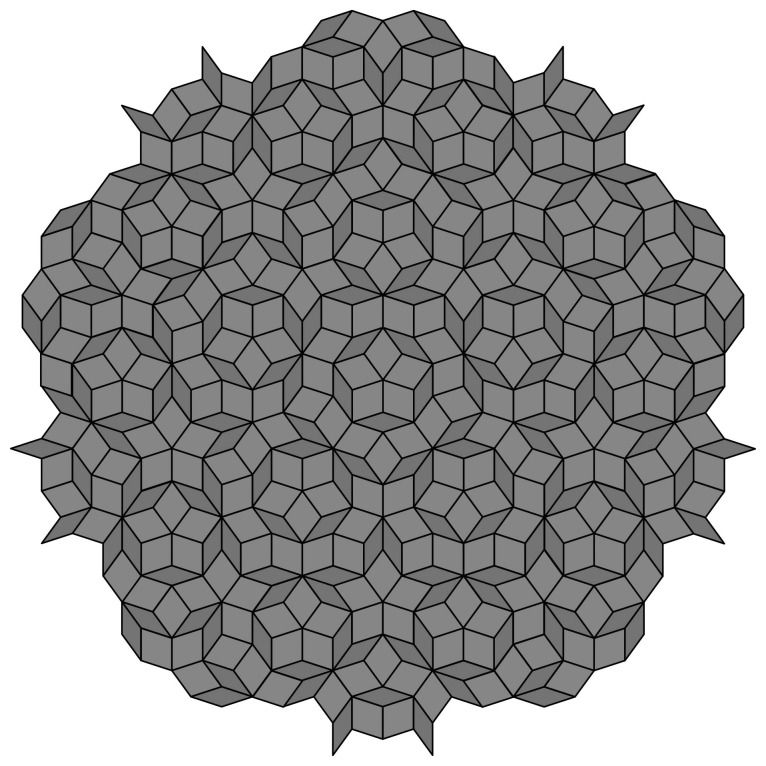
There is considerable debate over whether plants are conscious and this, indeed, is an important question. Here I look at developments in neuroscience, physics and mathematics that may impact on this question. Two major concomitants of consciousness in animals are microtubule function and electrical gamma wave synchrony. Both these factors may also play a role in plant consciousness. I show that plants possess aperiodic quasicrystal structures composed of ribosomes that may enable quantum computing, which has been suggested to lie at the core of animal consciousness. Finally I look at whether a microtubule fractal suggests that electric current plays a part in conventional neurocomputing processes in plants.
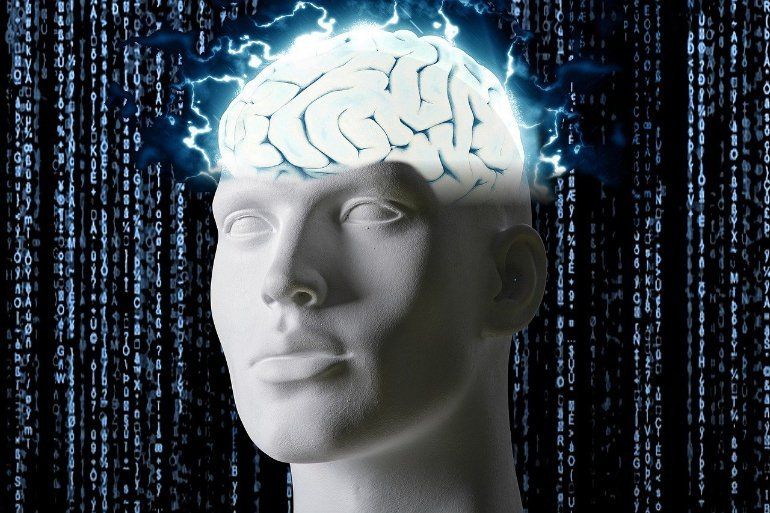
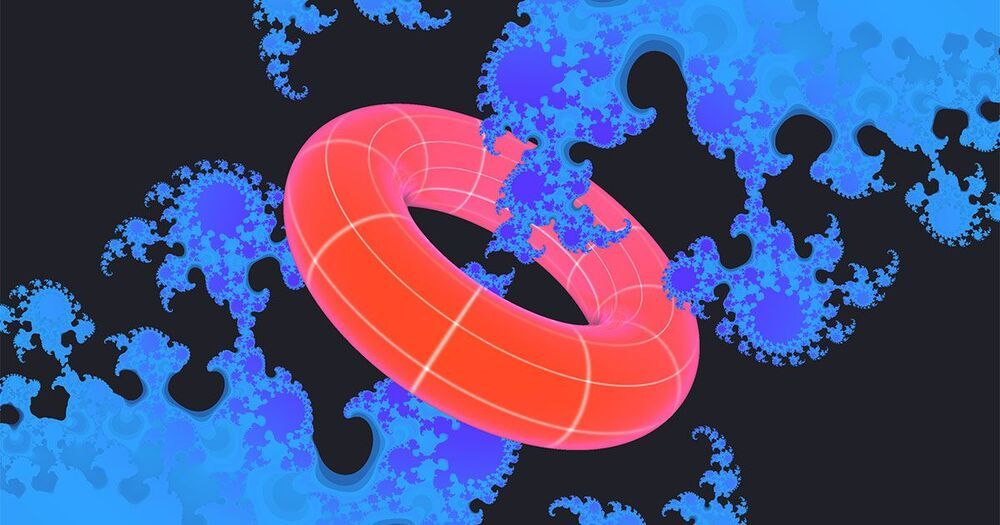
Po-Shen Loh has harnessed his competitive impulses and iconoclastic tendencies to reinvigorate the U.S. Math Olympiad program.


DARPA’s TRAnsformative DESign (TRADES) program, which began in 2017, set out to develop foundational design tools needed to explore the vast space opened by new materials and additive manufacturing processes commonly called 3D printing. The program recently concluded having successfully developed new mathematics and computational techniques, including artificial intelligence and machine learning, that will allow future designers to create previously unimaginable shapes and structures of interest to defense and commercial manufacturing.
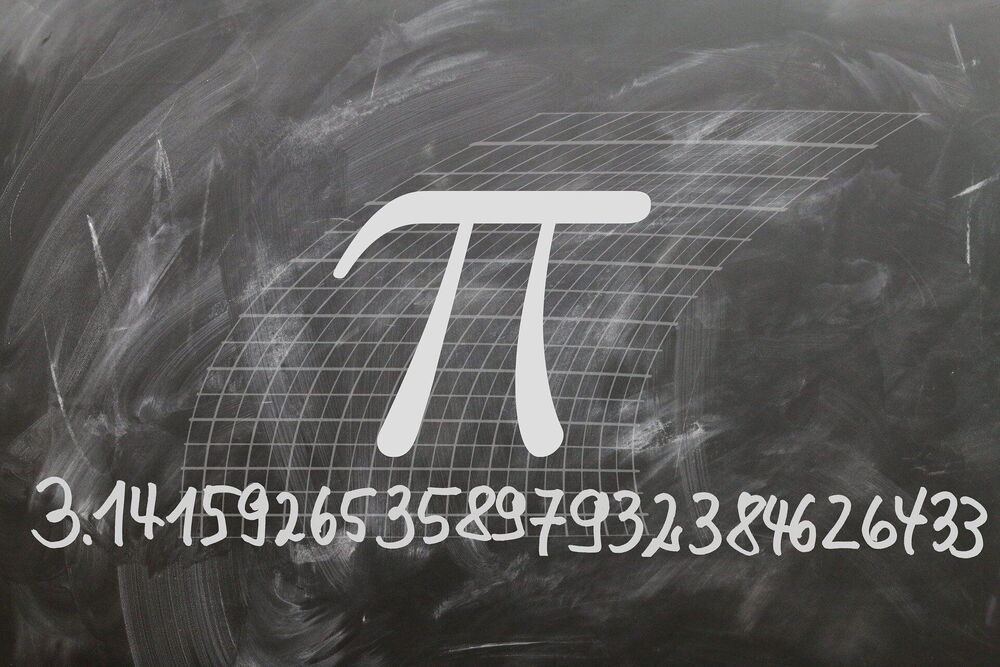
Using AI and computer automation, Technion researchers have developed a ‘conjecture generator’ that creates mathematical conjectures, which are considered to be the starting point for developing mathematical theorems. They have already used it to generate a number of previously unknown formulas. The study, which was published in the journal Nature, was carried out by undergraduates from different faculties under the tutelage of Assistant Professor Ido Kaminer of the Andrew and Erna Viterbi Faculty of Electrical Engineering at the Technion.
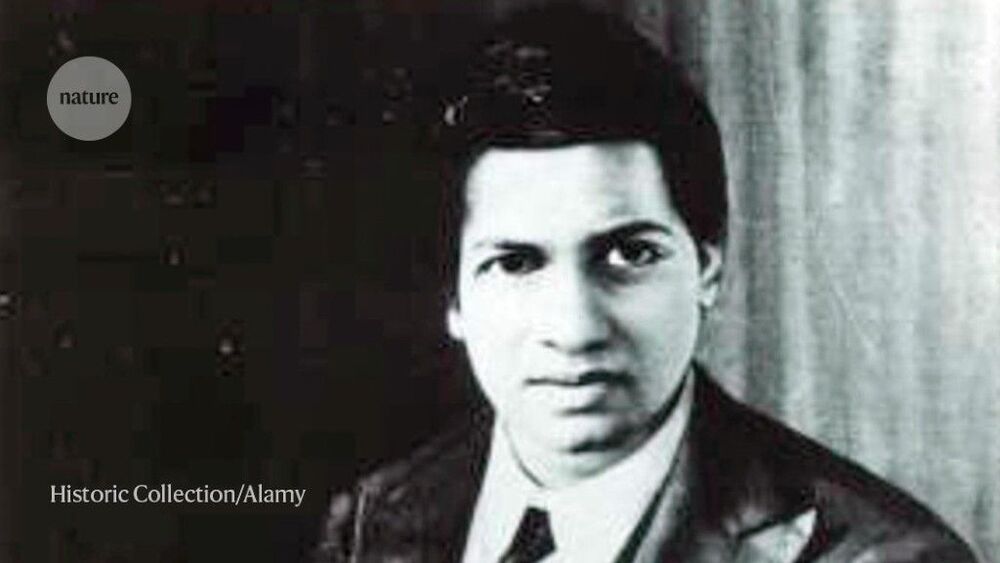
Computer-aided calculations have played a crucial part in producing the proofs of several high-profile results. And more recently, some mathematicians have made progress towards AI that doesn’t just perform repetitive calculations, but develops its own proofs. Another growing area has been software that can go over a mathematical proof written by humans and check that it is correct.
Algorithm named after mathematician Srinivasa Ramanujan suggests interesting formulae, some of which are difficult to prove true.
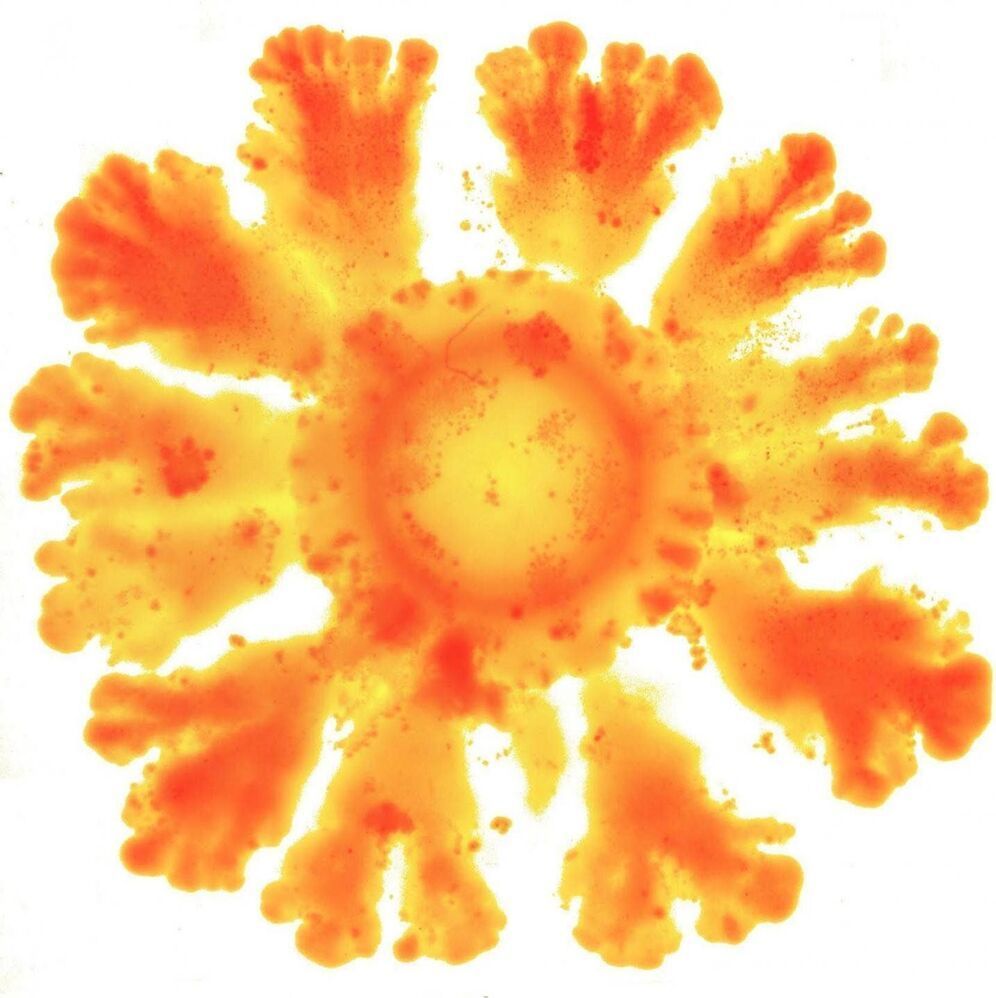
Richard Feynman, one of the most respected physicists of the twentieth century, said “What I cannot create, I do not understand.” Not surprisingly, many physicists and mathematicians have observed fundamental biological processes with the aim of precisely identifying the minimum ingredients that could generate them. One such example are the patterns of nature observed by Alan Turing. The brilliant English mathematician demonstrated in 1952 that it was possible to explain how a completely homogeneous tissue could be used to create a complex embryo, and he did so using one of the simplest, most elegant mathematical models ever written. One of the results of such models is that the symmetry shown by a cell or a tissue can break under a set of conditions.